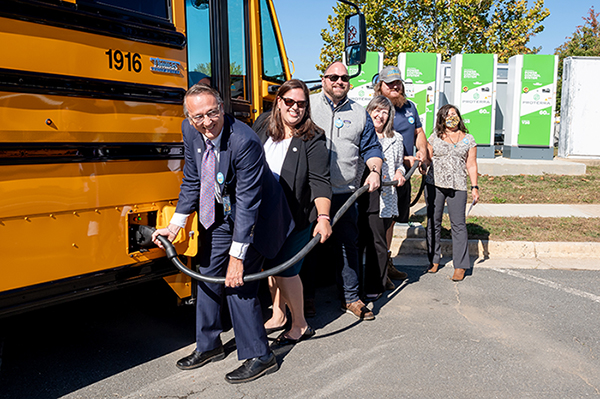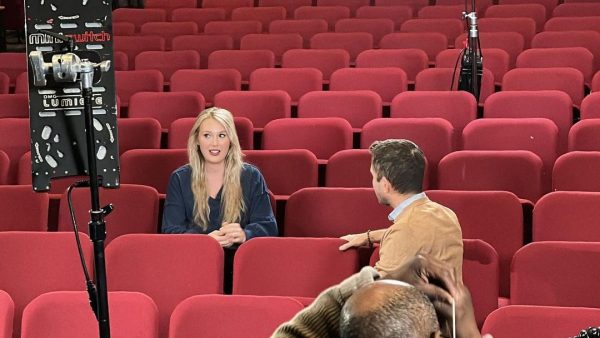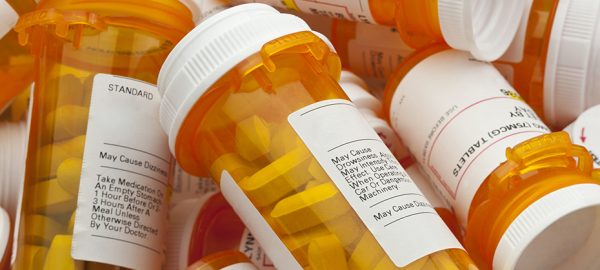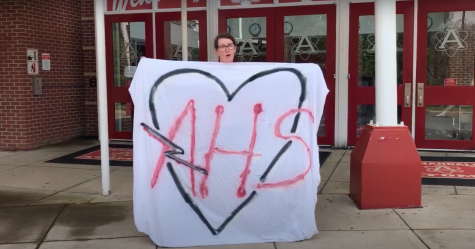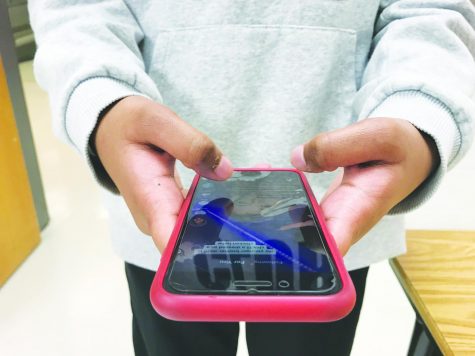Atoms Contribute their Red One Drop at a Time
Radio music resounds throughout Clausen Hall as nurses amble throughout the room tending nervous students donating blood. This year, Karla Brennan, the account manager of the American Red Cross, combined efforts with Senior Abdul Noor, who represented the Red Cross Club in Annandale High School, to organize the 2015 blood drive. From 8:45 in the morning to 2:15 in the afternoon on October 21, the American Red Cross welcomed many newcomers to donate their blood.
“Especially with the high schools, a lot of people donate for the first time,” Supervisor for the American Red Cross Garrick Robbins said, “so we want to create a positive, clean, professional atmosphere [and] set them up so they come back and [become] donors for life. They give blood and they get cookies.”
Indeed, the number of donors is limited throughout the United States so that the dependence on returning donors is heavily relied upon.
“Only 5% of the [eligible population] gives blood,” technician Lydia Buck said. As a double-red cell and regular blood technician for the American Red Cross, she encourages more people to donate their blood so that the number of donors may increase. Therefore, decreasing the reliance on returning donors. “There’s no need to be scared, what you’re doing is helping a whole lot of people,” Buck said.
Senior Dong Kim was one of the new donors who participated in the drive. Going through what is called a double red-cell donation. Two units of his red cells are taken by a special machine while his plasma and platelets are returned to his body. Although donating less than a pint of blood, it is considered equal to two units of blood that would be donated through a regular blood donation.
“I decided to donate my blood because I always wanted to try this experience,” Kim said, “I’m a firm believer that a little bit of my blood can change the world.”
The blood donations are vital assets for the availability of blood transfusions held in the U.S. More than 48,000 blood donations are a requisite demand throughout the U.S. everyday to help those in need such as cancer patients, premature babies, trauma and accident patients and sickle cell patients. The Red Cross currently has more than 60 hospitals in the region to provide these blood supplies to, but to reiterate once more, Red Cross representatives urge more people to donate and help save lives.

Jennifer Kang is a senior and a first-time staff writer for the A-Blast. After school, Jennifer plays field hockey and lacrosse. In her free time, she...

Bailey is a Senior at Annandale High School. He is the Video Editor-in-Chief, and this is his forth year on staff for The A-Blast. Previously he has been...



